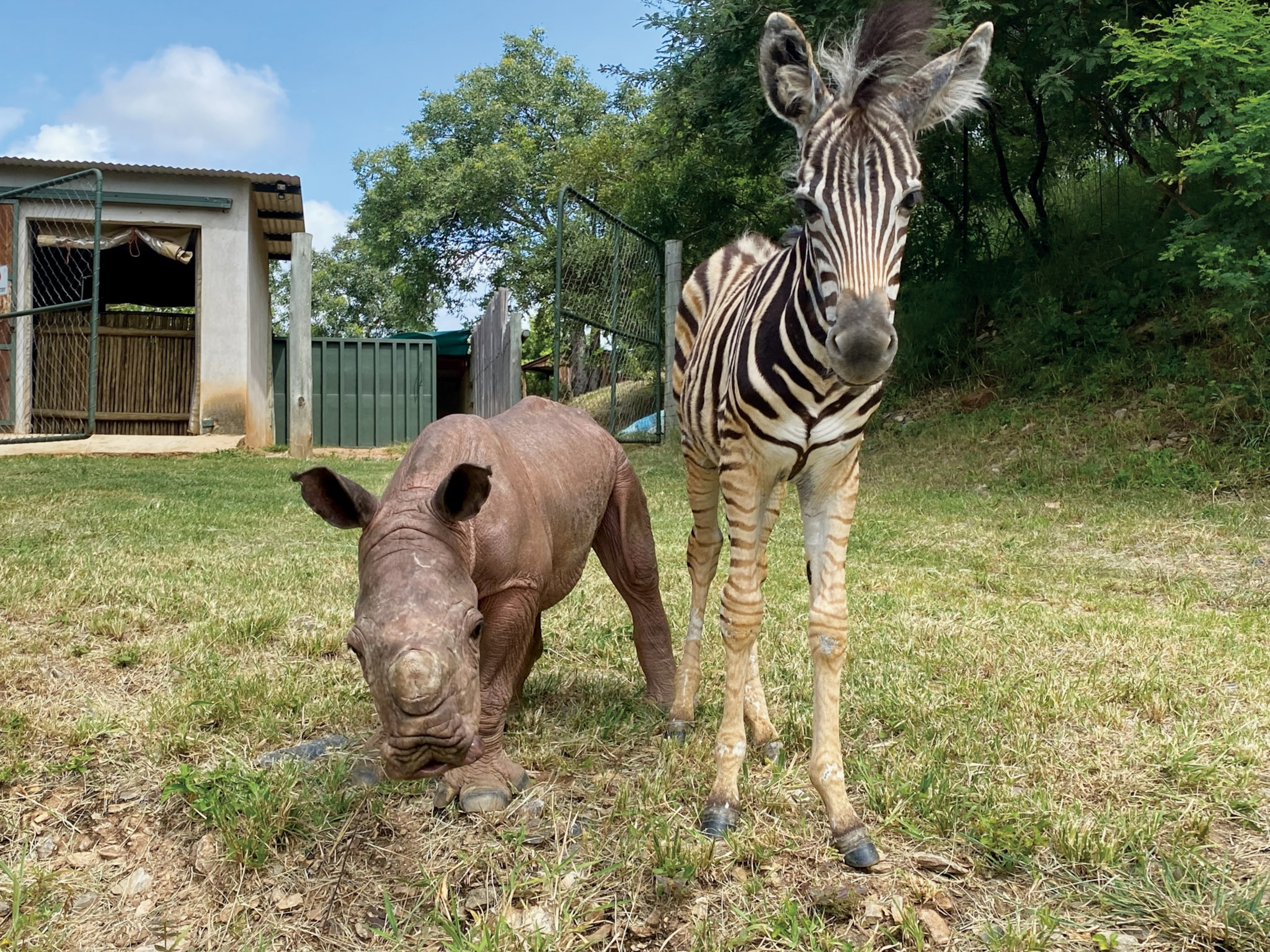Scientists have made a huge step in the effort to save the northern white rhinoceros by creating the world’s first test-tube rhino embryos.
Geneticists created viable rhinoceros embryos using in-vitro fertilization, or IVF, using frozen northern white rhino sperm and eggs of a related subspecies, the southern white rhino. This advance, announced July 4 in the journal Nature Communications, gives hope for the future of the world’s most endangered mammal, experts say.
Thanks to unbridled poaching and habitat loss, the northern white rhino has all but disappeared from southern and central Africa. Conservationists have made numerous attempts to breed northern white rhinos in captivity, but most have been unsuccessful. (Read: "Why African Rhinos Are Facing a Crisis")
The subspecies was declared functionally extinct in March after the last male, named Sudan, died of old age. Only two northern white rhinos remain in existence, and they are both captive infertile females. When Sudan died, the survival of the species became entirely dependent on humans’ ability to rear rhinos using artificial means. (Meet the heroes who protect the last northern white rhinos.)
Over the last three decades, scientists have collected sperm and eggs from a handful of northern white rhinos, including Sudan. And in early 2018, scientists from AVANTEA, an Italian biotechnology company that specializes in livestock fertilization, used Sudan’s preserved sperm to fertilize eggs from captive southern white rhinos.
“Our results are solid, reproducible, and very promising,” study leader Thomas Hildebrandt, head of reproduction management at the German Leibniz Institute for Zoo and Wildlife Research in Berlin, said in a statement.
Hildebrandt says the embyros “have a very high chance to establish a pregnancy once implanted into a surrogate mother,” which would be a captive southern white rhino. That subspecies is considered near-threatened by the International Union for Conservation of Nature.
The embryos will remain cryogenically frozen until Hildebrant and colleagues figure out how to properly implant the precious embryos.
Can We Produce a Purebred?
Hildebrandt also thinks this technique can be used to create a genetically pure northern white rhino, without any southern white rhino DNA.
“We are well prepared to go to Kenya and collect oocytes [eggs] from the last two northern white rhino females in order to produce pure northern white rhino,” Hildebrandt said.
While it may be possible to create a handful of pure northern white rhinos using this technique, creating a self-sustaining population would be difficult, experts warn.
The number of extant northern white rhinos and the limited amount of genetic material available to scientists “is probably not enough to maintain genetic diversity,” cautions Nucharin Songsasen, a research biologist at Center for Species Survival at the Smithsonian Conservation Biology Institute.
Songsasen, who was not involved with the study, says she is thrilled that conservation biologists such as herself now have “a new tool in our toolbox for saving endangered species.”
However, it doesn’t mean the technology can bring back species this close to extinction, she says. When populations are so small, inbreeding is inevitable, which would over time cause the subspecies to die out.





